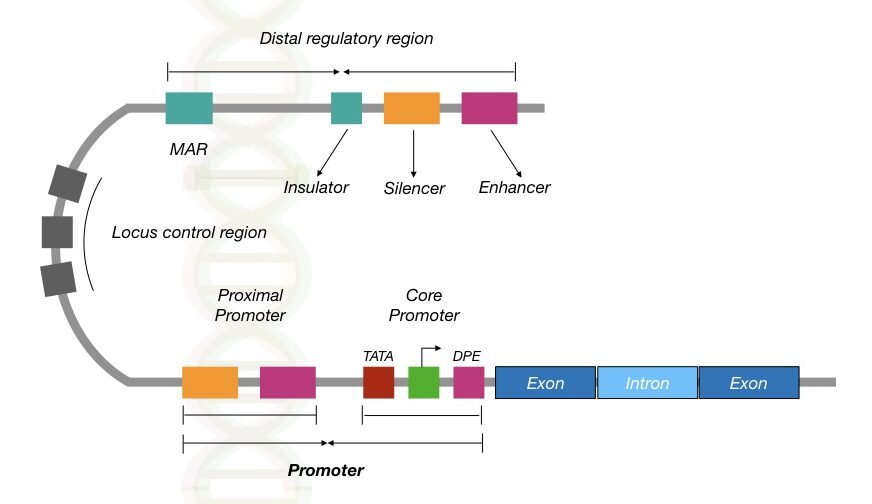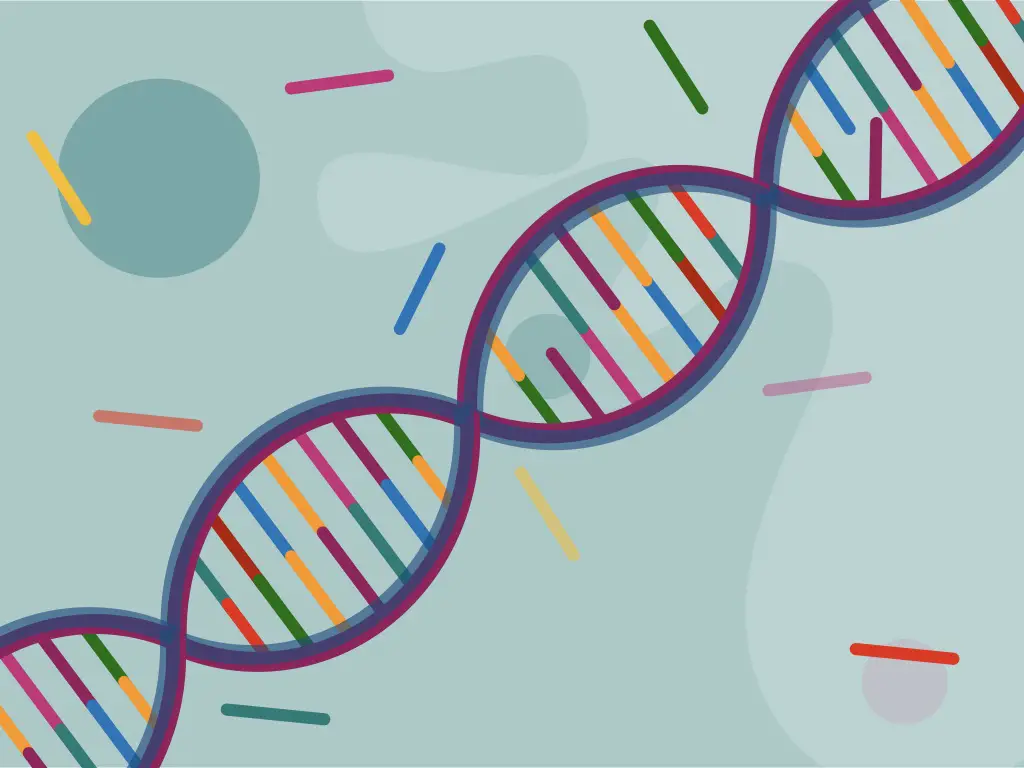Sonic Hedgehog (SHH) gene forms the sonic hedgehog protein having a pivotal function in embryonic morphogenesis.
Yesterday night I was watching a TV show on Sony BBC earth (the copyright reserved to BCC) and came to know that there is an entire family living with one extra finger. Fourteen members of the Brazilian ‘Da silva Family’ have one extra digit.
I also have one extra thumb and am ‘suffering’ from polydactyly because it’s not useful at all and restricts me, sometimes to performing several functions. By Hindu mythological beliefs, I am the lucky person, But ‘m not!
I am a geneticist and I know that it occurred by some random event during the developmental stage. I never tried to investigate the cause but I was more interested when I watched this story. Many of the entire family have polydactyly, it isn’t fully inherited, isn’t it?
I was impressed by the fact that some protein, encoded by the ‘so-called’ Sonic Hedgehog gene is responsible for this, during embryogenesis. My wife asked me why not to write an article on this! (by the way, she has funded this blog).
So here I am writing this article to explain the role of the Sonic Hedgehog gene in embryogenesis, morphogenesis and causing polydactyly.
Related article: What is a Gene?- Definition, Structure And Function.
Key Topics:
An interesting story of hedgehog gene-
The name hedgehog to the gene was given by Robert Riddle, the fellow at Tabin Lab, Harvard Medical School, Department of Genetics, USA. The idea of the gene name was taken from a video game “Sonic the hedgehog”, which was an advert in the magazine and a Sega computer game.
Indian Hedgehog, desert hedgehog and moonrat hedgehog are two genes of this family named by Dr Riddle RHowever, the gene was indeed identified first in the D. melanogaster in the year 1980.
What is the hedgehog (SHH) gene?
The hedgehog gene which is known as the SHH gene too is located on chromosome No. 7 at 7q36.3 (between 155,799,980bp to 155,812,463bp) which is 12.4Kb in size.
The SHH gene technically is a protein-coding gene that encodes the sonic hedgehog gene during embryogenesis for morphological development. And so is also known as ‘morphogen’ too.
Different organisms have different numbers of hh genes, drosophila, Nemastella vectensis and mammals are single, two and three separate hh gene paralogs are present, respectively.
| Organism | Number of hh genes (paralogs) | Name of hh genes |
| Drosophila | 1 | Hh |
| Nematostella vectensis | 2 | Nv_HH1, Nv_HH2 |
| Mammals | 3 | Indian Hedgehog (Ihh), Desert Hedgehog (Dhh) Sonic hedgehog (Shh) |
| Zebra Fish | 3 | Tiggywinkle hedgehog (Twhh), Echidna hedgehog (Ehh) Qiqihar hedgehog (Qhh) |
| Roundworm | – | absent |
Varjosalo & Taipale, 2008, in their article explained that every mammalian hh gene has an almost similar effect on morphogenesis and performs almost the same functions, but by differential gene expression, their role for different development varies.
Furthermore, their article also explained that the gene expresses only a few types of tissues, hence showing a tissue-specific restricted expression pattern. Higher expressivity of mammalian hh genes is shown into primitive endoderms, gut and pre hypertrophic chondrocytes.
Gene knockout studies reveal that hh gene lack embryos show numerous developmental and genetic abnormalities.

The function of hedgehog protein:
The SHH gene and its various variants manufacture the hedgehog protein, often known as morphogene, as we said. Largely, it has involvement in morphological development during embryogenesis.
A protein hedgehog, formed by the SHH gene is a signaling molecule involved in the development of body structures during the embryonic stage such as limbs, eyes, the front part of the brain, halves of the brain.
Varying degree of expression has also a definite role in various systems such as the nerve system, respiratory system and musculoskeletal system. Evidently, it has been also involved in the development of the vital parts of the brain, as aforementioned but has also a significant role in eye development too.
Tooth and lung development are also other two key functions in which this protein is involved too, however, various types of mutations lead to different developmental or morphological malformations.
Additionally, studies also provide knowledge that the present protein encoded by the SHH gene is a key element of the developmental signal transduction pathway of animals and gets involved in cell differentiation, stem cell maintenance.
Recent genetic research suggests that the present protein also induced carcinogenesis.
Related article: What Genes, Traits and Disorders are inherited from the Mother only?
Sonic hedgehog protein in polydactyly:
The story of embryogenesis is mysterious and yet not fully explored. Scientists are still fascinated by the fact that a single-celled egg forms an entire human or a tiny ant, by the same mechanism, controlled, nearly identical and homologous.
But in fact, not all the conditions are favorable. Because the process of fetal development involves numerous genes that encode so many proteins and which are involved in various pathways; chances of getting errors are unavoided.
Polydactyly is one such noticeable morphological condition (not a developmental abnormality) observed in 1 out of 700 to 1000 live births which makes it one of the most common congenital limb malformations.
The Shh gene is often known as the master regulator of embryogenesis as it triggers many pathways by signal transduction. The entire process has a complex web of reactions and pathways.
Put simply, the specialized shh releasing cells, secret the hedgehog protein once formed, interact with the shh receptors located to adjacent cells and controls gene expressions.
We can understand the process like this. A special type of cell which is involved in the limb formation forms a bulge of cells towards the outside. The Shh gene starts expressing in the lower part and depending upon the expression of it, each finger forms.
Although the entire process of limb formation can be explained embryologically, in genetics, overproduction or mutation of the hedgehog gene results in extra digits. The atypical identity of such a condition is known as polydactyly.
Wrapping up:
As aforementioned, embryological development is a complex process. However, recent scientific evidence suggests that there are many candidate genes that actually govern the entire process.
One such group of genes is morphogens. In the upcoming articles of this section, we will understand other different morphogens and their role.
Source:
Varjosalo, M. & Taipale, J (2022). Hedgehog: functions and mechanisms. Cold Spring Harbor Laboratory Press; 2454-2472.



